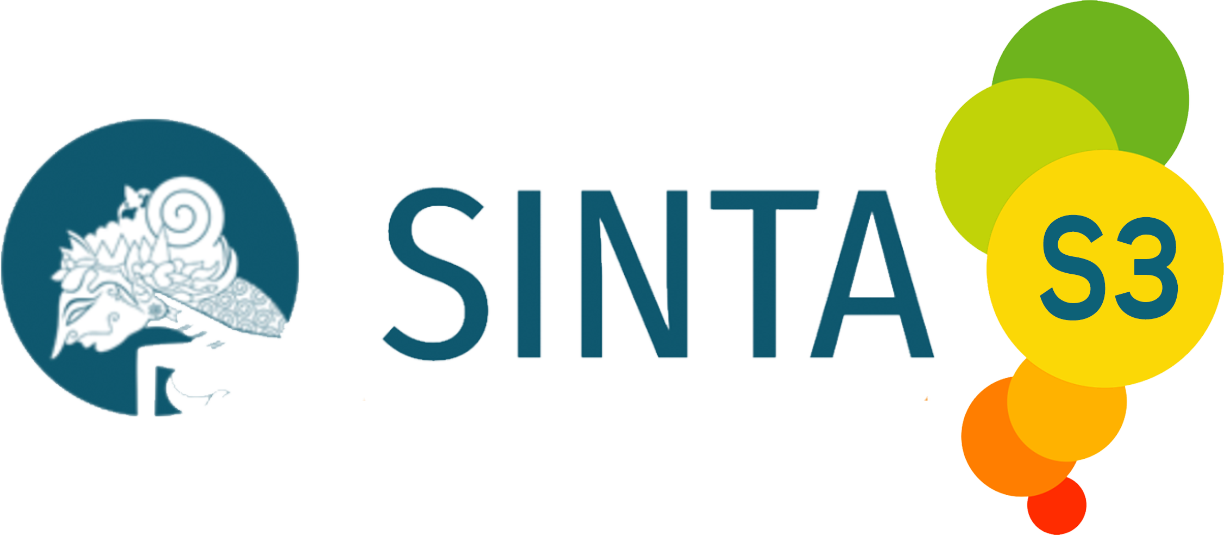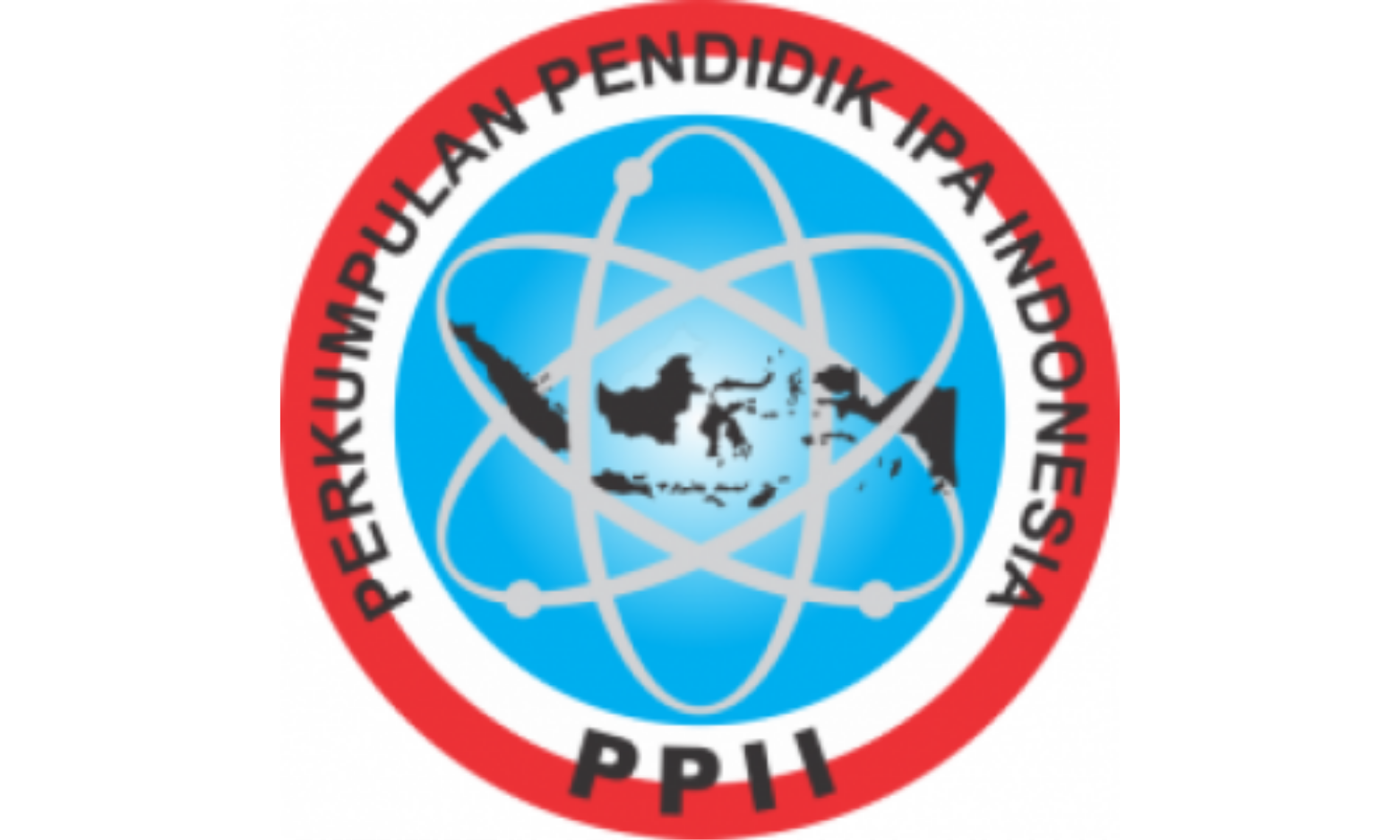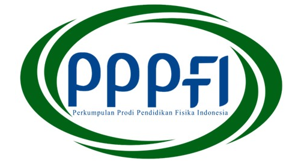THE EFFECT OF THE CONTEXTUAL TEACHING AND LEARNING (CTL) LEARNING MODEL BASED ON SIMULATION MEDIA ON THE MOTIVATION AND LEARNING OUTCOMES OF STUDENTS IN PHYSICS LEARNING
DOI:
https://doi.org/10.15575/jotalp.v7i2.17116Keywords:
Learning Outcomes, Contextual Teaching and Learning (CTL) Model, Learning MotivationAbstract
The purpose of this study is 1) to analyze the learning motivation, 2) to analyze the learning outcomes, and 3) To determine the effect of the simulation media-based CTL on the motivation and learning outcomes. This is a quasi-experimental study at Junior High School on Selayar Island with a sample of 44 students selected using a purposive sampling technique. The results of this study indicate that the average value of the student's motivation to learn physics in the pre-test in the control class is 53.47, and the post-test is 57.05, with a difference of 3.54 and for the average value of the motivation to learn physics for the pre-test students in the experimental class is 57. 21 and post-test of 71.84 with a difference of 14.57. The average value of student learning outcomes pre-test in the control class is 48.16, and post-test in the control class is 54.47, with a difference of 6.31. For the experimental class, the pre-test value is 50.53, and the post-test is 75. 00 with a difference of 24.47. In addition, the results of hypothesis testing obtained a 2-tailed significant value of 0.000. Because the value of sig (2-tailed) < 0.05, H0 is rejected and H1 is accepted, so there are differences in motivation and learning outcomes between the control and experimental classes. So it can be concluded that the CTL Model Based on Simulation Media has an effect on the motivation and learning outcomes of students' physics. This research has implications for providing information related to the CTL model based on Simulation Media that can be used as a learning model to increase students' motivation and learning outcomes.
References
Darmadi, H. (2010). Kemampuan Dasar Mengajar. Alfabeta.
Depdiknas. (2008). Panduan Pengembangan Bahan Ajar. Direktorat Jendral Manajemen Pendidikan Dasar dan Menengah.
Hayati. (2017). Pengaruh model pembelajaran inkuiri dengan menggunakan media simulasi terhadap hasil belajar fisika siswa kelas X MIA SMAN 1 Lingsar Lombok Barat Tahun Pelajaran 2016/2017. Jurnal Pendidikan Fisika Dan Teknologi, 3(1), 48–54.
Johnson, E. B. (2002). Contextual teaching and learning: What it is and why it's here to stay. Corwin Press.
Lotulung, C. F., Ibrahim, N., & Tumurang, H. (2018). Effectiveness of Learning Method Contextual Teaching Learning (CTL) for Increasing Learning Outcomes of Entrepreneurship Education. Turkish Online Journal of Educational Technology-TOJET, 17(3), 37-46.
Nasution, W. N. (2017). The Effects of Learning Model and Achievement Motivation on Natural Science Learning Outcomes of Students at State Islamic Elementary Schools in Medan, Indonesia. Journal of Education and Training, 4(2), 131–150.
Nurhidayah. (2016). Penerapan Model Contextual Teaching Learning (CTL) terhadap Hasil Belajar Fisika pada Siswa Kelas XI SMA Handayani Sungguminasa Kabupaten Gowa. Jurnal Pendidikan Fisika, 4(2). 161-174. https://doi.org/10.26618/jpf.v4i2.307
Permendiknas. (2007). Peraturan Menteri Pendidikan Nasional No.24 Tahun 2007 Tentang Standar Sarana dan Prasarana untuk Sekolah Menengah Atas. Biro Hukum dan Organisasi Departemen Pendidikan Nasional.
Rasyid, H. (2009). Penilaian Hasil Belajar. Wacana Prima.
Sarwinda, K. R. (2020). The development of audio-visual media with a contextual teaching-learning approach improves learning motivation and critical thinking skills. Psychology, Evaluation, and Technology in Educational Research, 2(5), 98–114.
Setiawati, N. K., Ramadhan, S., & Gani, E. (2018, December). The effect of contextual teaching and learning model and motivation towards skill of fable text writing. In International Conference on Language, Literature, and Education (ICLLE 2018) (pp. 96-100). Atlantis Press. https://dx.doi.org/10.2991/iclle-18.2018.14
Sudjana, N. (2014). Dasar Dasar Proses Belajar Mengajar. Sinar Baru Algesindo.
Sudrajat, A., Zainuddin, & Misbah. (2017). Meningkatkan Keterampilan Proses Sains Siswa Kelas X MA Muhammadiyah 2 Al-Furqan Melalui Model Pembelajaran Penemuan Terbimbing. Jurnal Ilmiah Pendidikan Fisika, 2(1), 74–85. https://doi.org/10.20527/jipf.v1i2.1968
Susianah, H. M., & Hidayat, Y. (2015). Pengaruh Motivasi Belajar Dan Kedisiplinan Terhadap Hasil Belajar Fisika Pada Siswa Kelas Mia Sman 1 Marioriwawo Kabupaten Soppeng. Jurnal Pendidikan Fisika, 3(2). 157-161. https://doi.org/10.24252/jpf.v3i2.3737
Trianto. (2010). Mendesain Model Pembelajaran Inovatif-Progresif. Kencana.
Uno, H. B. (2013). Teori Motivasi Dan Pengukurannya: Analisis Pendidikan. Bumi Aksara.
Wati, R. Y. (2019). Penerapan Pembelajaran Fisika Berbasis CTL (Contextual Teaching and Learning) Melalui Metode Eksperimen Untuk Meningkatkan Motivasi Dan Hasil Belajar Siswa Pada Materi Tata Surya Kelas VII Mts Al-Madaniyah Jempong Barat Kota Mataram. Thesis, Universitas Islam Negeri Mataram.
Downloads
Published
Issue
Section
Citation Check
License
Journal of Teaching and Learning Physics is licensed under a Creative Commons Attribution-NonCommercial-NoDerivatives 4.0 International License








